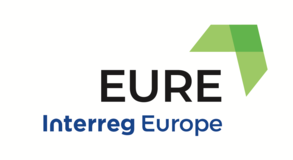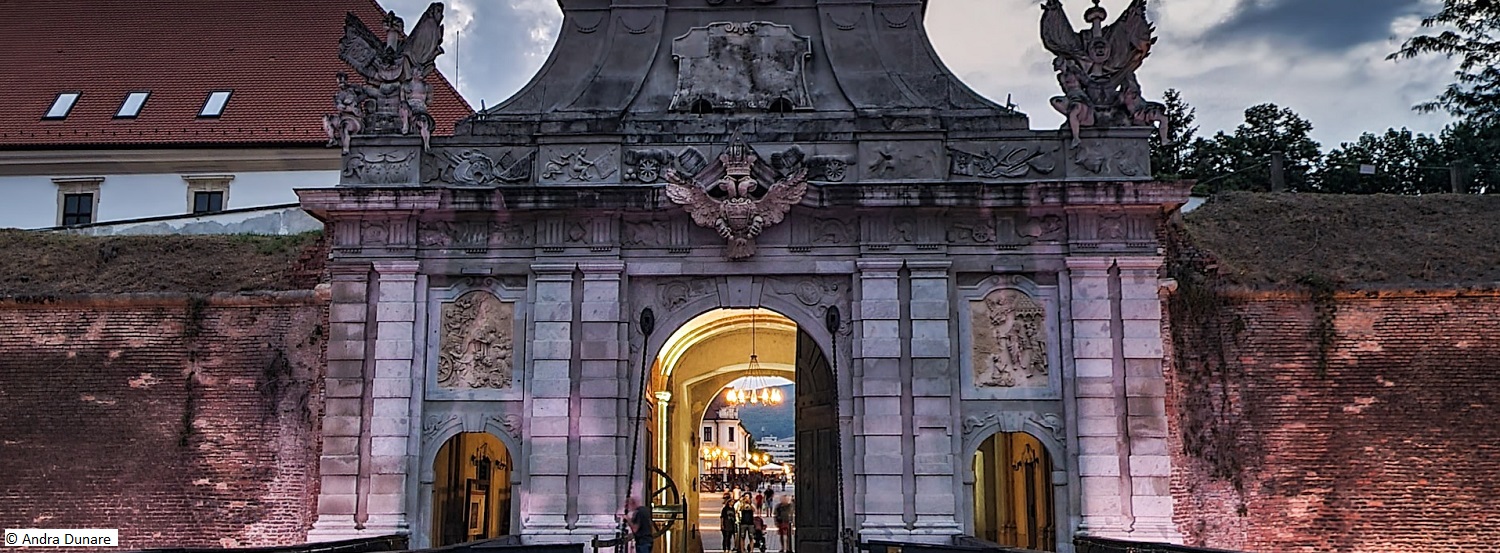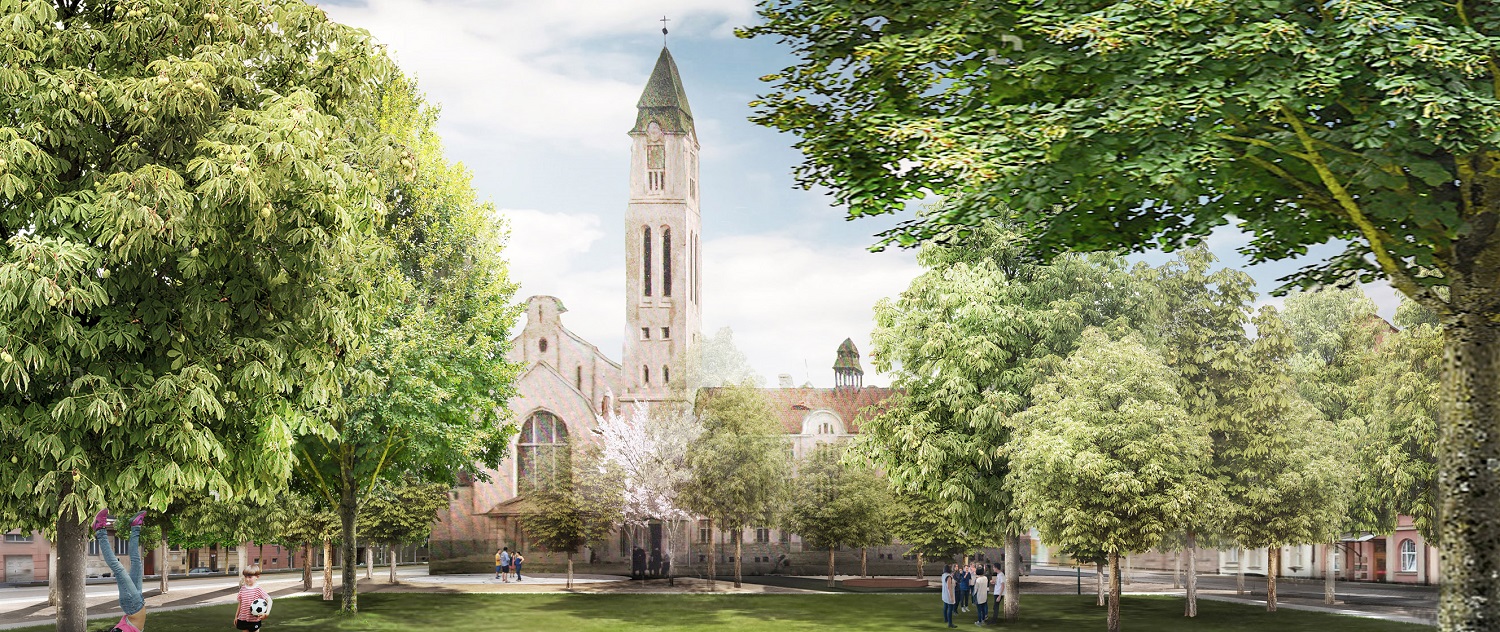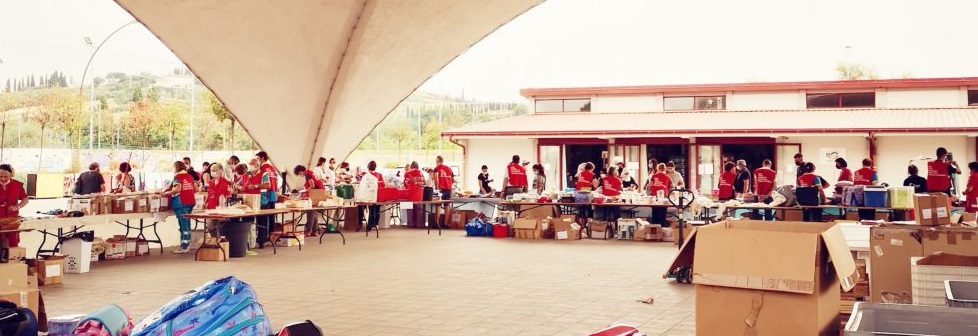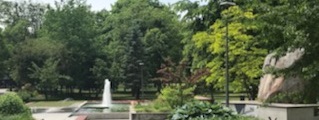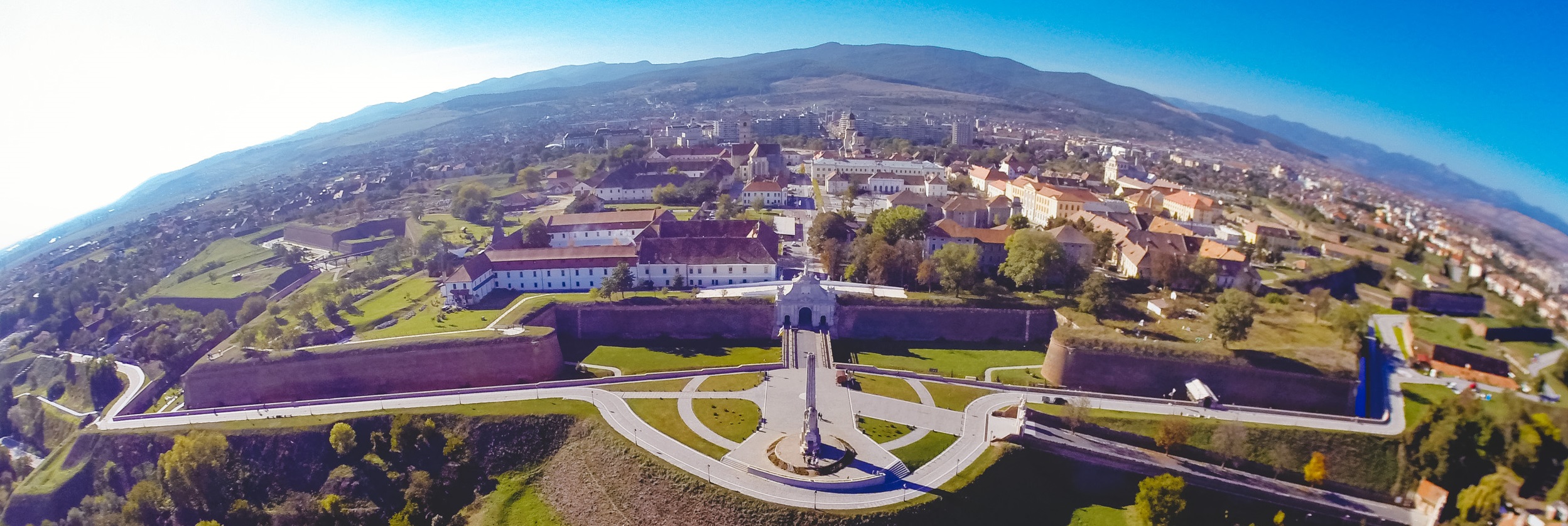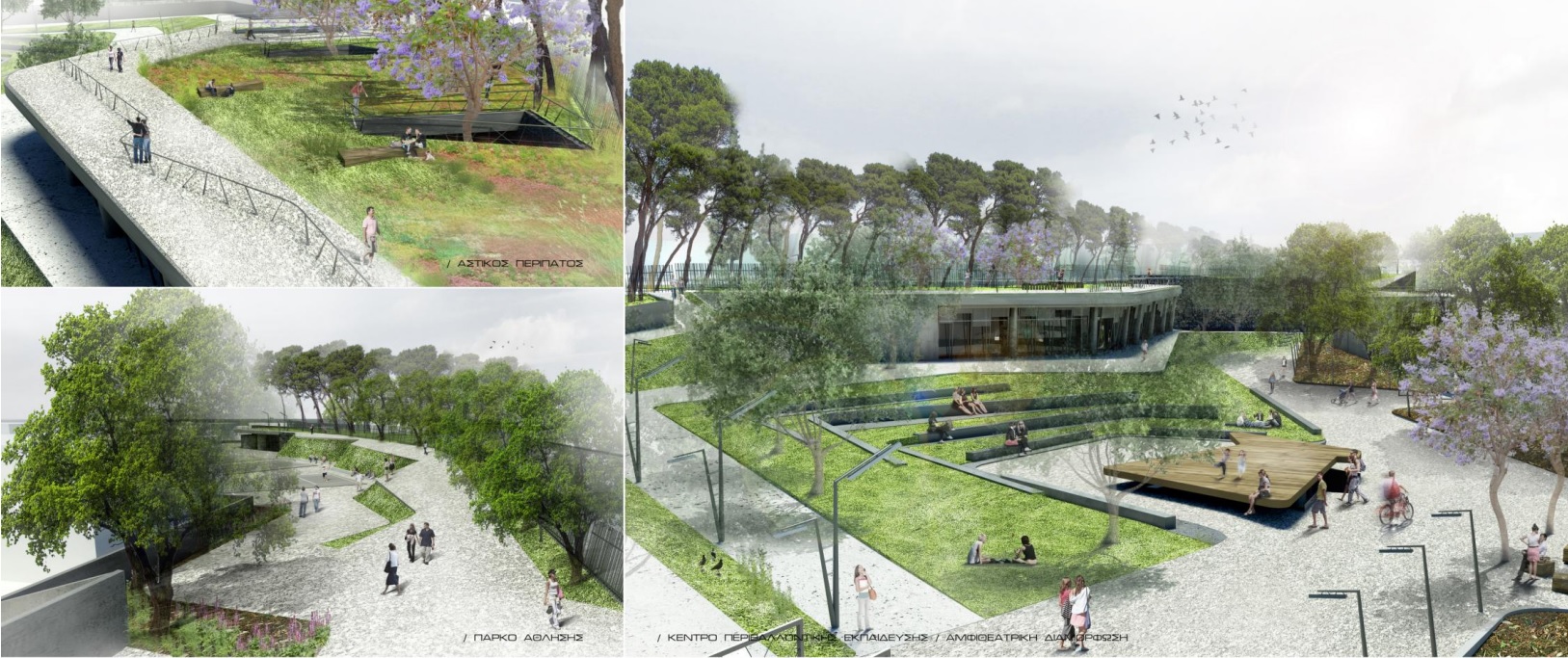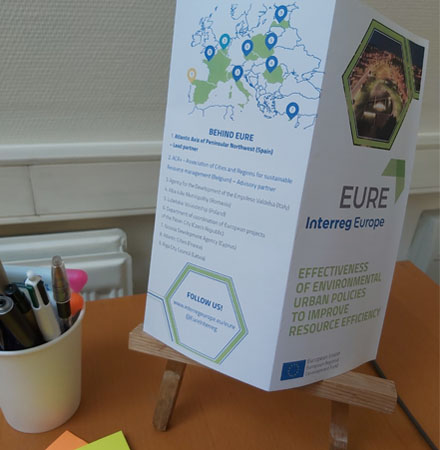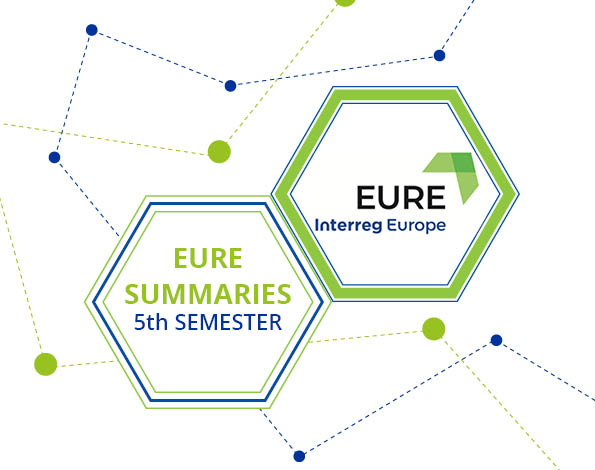The Agency for the Development of the Empolese Valdelsa (ASEV) is a territorial development, innovation and training agency owned by 11 municipalities of the Empoli and Valdelsa area in Tuscany, Italy. Its own headquarter is located in Empoli.
Currently employing about 30 people, ASEV was founded in 1998. Since then it operates in many territories all around Tuscany and it has important partnerships with many local, national and international partners.
Its main fields of activity are vocational training for unemployed youngsters and adults, training of public employees, support to local industrial development and innovation, multicultural training in the education field, international cooperation.
In more than 20 years, ASEV has gained experience and skills in managing EU projects and interregional cooperation, being a leading partner or simple partner of INTERREGs (IVC, EUROPE, VA), ECO-INNOVATION, LLP and ERASMUS+.
More recently ASEV has developed new skills and started new cooperation activities in the area of urban development and environmental policies.
Particularly ASEV has recently contributed to developing the “HOPE” project financed by the ERDF Urban Axis IV of Tuscany Region and part of the several projects on urban innovation (PIU) implemented by the Region.
The Urban System
Outside its metropolitan areas (Florence, Pisa, Livorno) Tuscany has many densely populated areas where integrated urban redevelopment interventions are needed to refurbish/rethink public buildings and green areas (parks, avenues, gardens) for a greater sustainability and social welfare, reduce the mobility of private cars by improving public transport and cycling routes, and improve the efficiency of public lighting.
The centrality of the role assigned to the settlement systems in the European policy is consistent with the structural interpretation of the regional territory and of its landscapes contained in the pivotal instruments of territorial governance in Tuscany and in Regional Law No. 65/2014. The European Cohesion policy funding 2014-2020, the Partnership Agreement and also the regulatory, planning and programming instruments of the Tuscany Region, posed a specific challenge on the issue of territorial governance and landscape protection. It concerns the need to implement policies of sustainable urban development, through an integrated and multi-sectoral approach that enhances the strengths of the city, in terms of opportunities for growth and development, and acts on any critical issues that may arise. In response of it, it has been strengthened the intersectoral coordination of regional policies, the consistency of programming with the instruments of urban and territorial planning, and the coordination and collaboration between the different territorial levels of government.
The Policy Instrument targeted
The policy instrument targeted by ASEV in the EURE Project is ROP ERDF 2014-2020 Axis VI "URBAN" of Tuscany Region. Axis VI addresses urban policies and combines for this purpose several thematic objectives (TO) and investment priorities, particularly concerning:
• functional recovery and reuse of buildings aiming to social inclusion & employment support;
• promotion of eco-efficiency and the reduction of energy consumption in public buildings & public lighting networks;
• measures to increase sustainable mobility.
The main urban priorities
In order to identify the areas of intervention, the Tuscany Region, as Managing Authority, adopted specific criteria focusing on medium-sized cities with the greatest environmental and social needs. In 2015, 14 Urban Functional Areas (FUAs) were selected: they involve 42 municipalities, with a population between 10 and 50 thousand inhabitants. FUAs correspond also to the key areas of the daily commuting for work reasons for people coming from remote areas. FUAs reach strong peaks of territorial concentration of inhabitants/commuters and high levels of pollution. Furthermore, they show a high ratio between productive activities and residents and are exposed to high environmental and social risks.
Each PIU must be focused on a FUA and include more interventions (vertical projects) aiming to solve specific needs, connected both to the central municipality around which the FUA is constituted and the related neighbouring municipalities: the refurbishment of open green areas and public buildings, the reducing consumption for public lighting, the decreasing greenhouse gases, the improving quality of life of inhabitants/commuters, the fostering use of public transport, and the integration of the local urban strategies.
Each PIU is implemented after a call+negotiation procedure between the Managing Authority and the groups of Municipalities that constitutes an FUA.
Discover more about ASEV visiting the website.
